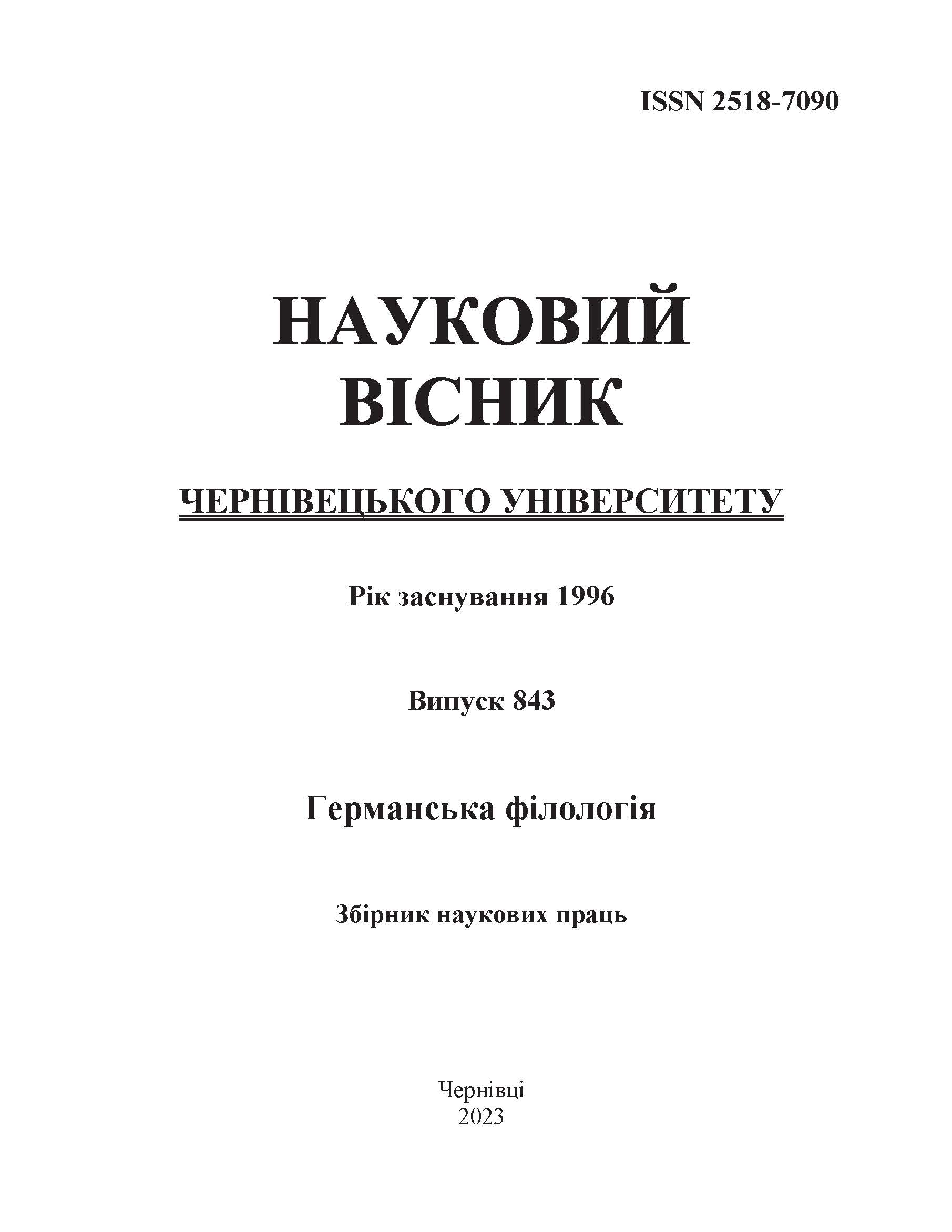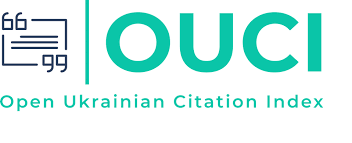ФОРМУВАННЯ СТРАТЕГІЧНИХ КОМПЕТЕНТНОСТЕЙ СТУДЕНТІВ З НІМЕЦЬКОЇ МОВИ ЯК ДРУГОЇ ІНОЗЕМНОЇ
DOI:
https://doi.org/10.31861/gph2022.841.21-20Ключові слова:
стратегічна компетентність, редуктивні стратегії, стратегії досягнення, стратегії виправлення, динаміка застосування стратегійАнотація
Стаття присвячена особливостям навчання стратегічній компетентності як способу зниження кількості комунікативних невдач. Стратегічна компетентність – один з компонентів комунікативної компетентності, її визначають як сукупність вербальних і невербальних комунікативних стратегій, що слугують для компенсації пробілів у комунікації. Вона передбачає планування подальших мовленнєвих дій, в тому числі здатність самовиправлення.
Об’єктом дослідження є процес навчання студентів початкових курсів іншомовної стратегічної компетентності. Предмет дослідження становлять зміст, засоби, прийоми формування комунікативних стратегій слововживання. Мета дослідження полягає у виявленні і відборі найбільш прийнятних стратегій слововживання для навчальних цілей, а також розробці способу організації навчання
22
стратегічній компетентності на початкових курсах мовних факультетів. Реалізація цієї мети передбачає вирішення наступних завдань: визначити місце і роль стратегічної компетентності у структурі комунікації та описати різні підходи до її розгляду; проаналізувати особливості формування іншомовної стратегічної компетентності у студентів початкових курсів, які вивчають німецьку мову як другу іноземну; провести експериментальне навчання з метою визначення залежності кількості і якості комунікативних стратегій від організації навчання; розробити методику формування комунікативних стратегій слововживання і виявити її ефективність.
Різні види комунікативних стратегій поділено на редуктивні (уникнення теми, уникнення передачі задуманого змісту), стратегії досягнення (компенсувальні стратегії, перемикання на інший код, дослівний переказ, заміна, перифраз, пояснення іншими словами, словотвір, реструктуризація, пряме або непряме питання про допомогу) і стратегії виправлення (очікування, використання семантичного поля).
Проаналізувавши динаміку застосування стратегій студентами конрольної і експериментальної групи, встановлено, що у міру навчання використанню стратегій почала зростати кількість позитивних стратегій досягнення. У той же час кількість використаних редуктивних стратегій знижувалася і дійшла на останніх заняттях до мінімальних величин. Загальна кількість використаних стратегій спочатку почала зростати, потім дещо знизилася і стабілізувався на середньому рівні (26,8 одиниць), в той час як використання редуктивних стратегій відчутно знизилося до мінімальних значень, що є результатом навчання учнів методиці стратегічної компетентності та застосування ними стратегій на практиці при відповідях на уроках.







